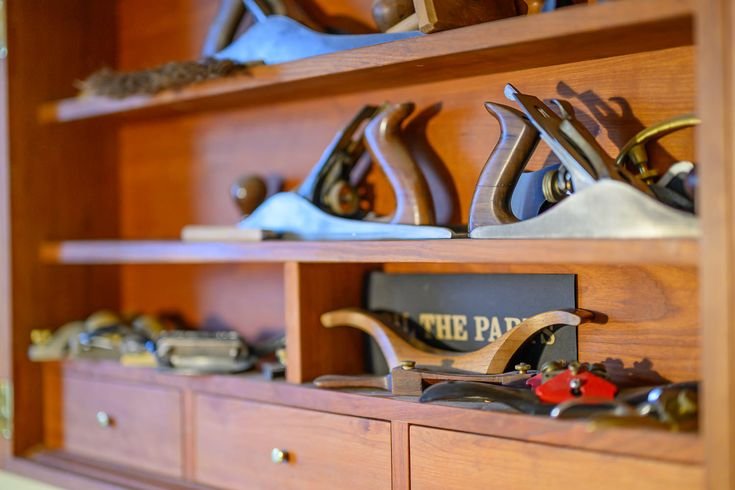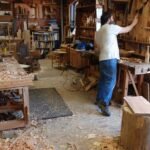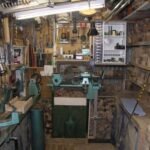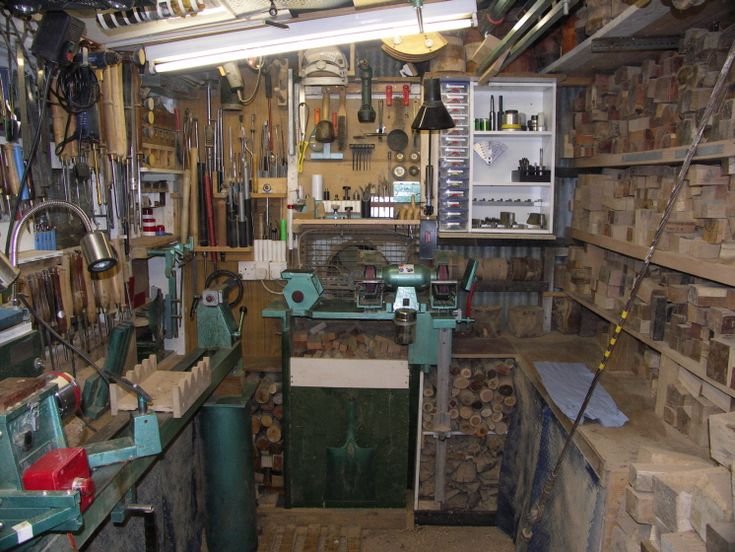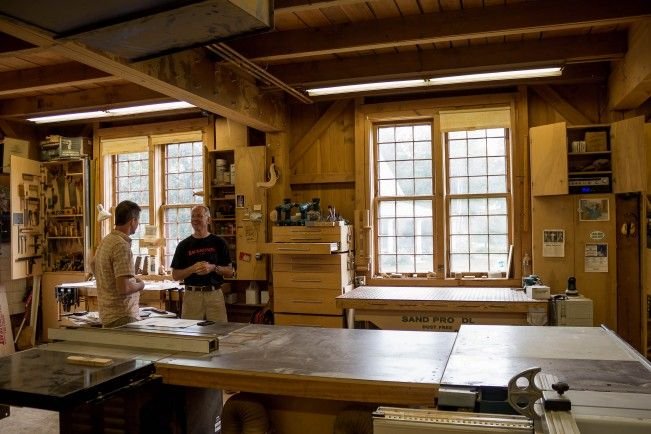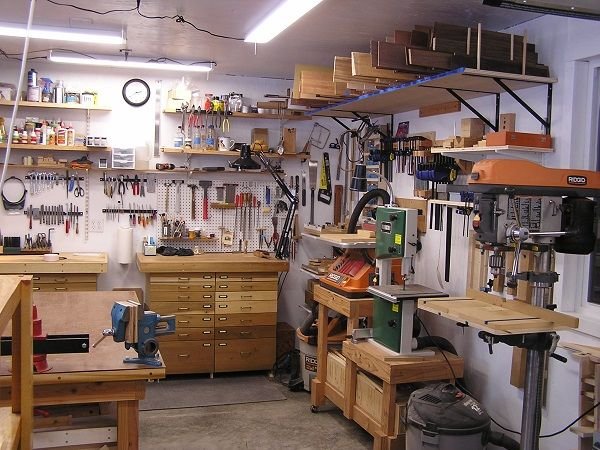Losing My Way in Woodworking
You ever find yourself sitting in your garage, tools scattered everywhere, and just wondering how you ended up with a chunk of wood that looks more like modern art than anything even remotely functional? Yeah, that was me a little over a year ago.
I’d taken on this grand project for my son, something he’d been pestering me to make for months—this cool, multi-tiered bookshelf. I was feeling all kinds of inspired, fueled by late-night YouTube videos of woodworking pros effortlessly crafting cabinets and tables that looked like they belonged in an art gallery. I even went out and bought a fancy miter saw, which, let me tell you, is just the sexiest tool in the shop. The sound it makes when you slice through wood? Oh man, it’s music. But you know how it is; tools aren’t magic. They don’t turn a noob into a master craftsman overnight, no matter how shiny.
The Wood That Woodn’t
So, I went to the local lumberyard—well, the only lumberyard in our little town—where the smell of freshly cut pine hit me like a wave. I grabbed a bunch of boards, some 1x12s, and a few thicker pieces of oak for the sturdier bits. Everyone at the yard knew me, so when I asked for their best wood, they gave me a knowing grin, like they were ready for the inevitable trainwreck.
Where was I? Oh right, back in my garage, dreaming big. I laid out all the pieces and stared at them for a solid fifteen minutes, just squinting like that was going to somehow magically tell me how to build this masterpiece. But the more I stared, the more I realized I had no real plan. I mean, sure, I had the idea of it in my head, but the actual steps? Ha! Who needs those?
Honestly, I almost gave up before getting started. But then my son popped his head in, all wide-eyed and hopeful. And how do you say no to that? So with a shrug, I just dove in.
The Oops Moment
Now, let me tell you about my first real mistake. I was using these clamp things—bar clamps, I think they were called. Super useful unless you forget to check the scale of your wood. I got everything clamped, feeling all proud of myself, and when I pulled it out to check fits… surprise! The spacing wasn’t right, and I’d miscalculated the depth of each shelf. I don’t think I’ve ever sworn so much in my life. The only thing louder than my cursing was the sound of the hammer I was using to tap everything back into place. It echoed in the garage like a celebration gone wrong.
At that moment, I thought seriously about throwing a piece of lumber out into the yard and just giving up. But as I drilled a couple of pilot holes—my trusty battery-powered drill that I swear has some kind of magical connection to my spirit animal—I had the thought, “Hey, this will be a great lesson.” And it kind of was.
Finding the Rhythm
It wasn’t until I started sanding everything down that I found my groove. I’ll never forget that smell—sawdust mixing with a hint of the soap I used to clean up afterward. There’s something oddly satisfying about watching those rough edges smooth out. I used a random orbit sander, which made it all feel like I was in one of those TV shows where everything just falls into place. I swear, I laughed out loud when I realized it was actually working! My son peeked in again, and you could see the excitement in his little face. It made all my earlier frustrations feel worth it.
The finish was another adventure. I decided to stain it a dark walnut color because, well, it sounded classy, right? Let me just say, attending to that finish was like painting a picture on a blank canvas: so soothing. I remember the first few strokes; the wood drank in that stain like it was thirsty or something. I could visualize all the books he’d stack up, all the late-night reading sessions to come.
Lessons in Detours
Still, not everything went off without a hitch. After I assembled the whole thing, I realized it rocked a bit when you put weight on the bottom shelf. Nothing says “handcrafted” like a bookshelf that sways like it’s about to topple over. I had to brace it with some wedges and figured out that adding a back panel might actually help. D’oh! It was like I was running a marathon only to trip at the finish line.
But those little setbacks? They taught me more than any tutorial could ever share. I learned to take a step back and view the project holistically. Sometimes it’s not even about the end result but the journey and the hiccups that come along with it.
I finally finished up, and my son’s eyes lit up like I’d given him a brand-new bike. The pride I felt was on another level. It might not have been perfect, but it was our creation, with its nicks and chips telling our story.
A Reminder
So, here’s what I want to leave you with: if you’re thinking about diving into a woodworking project, just go for it. You’re going to mess things up; that’s a given. But every dent, every awkward stance, and every moment of doubt makes your creation more personal. Life—and woodworking—throws all sorts of challenges your way, and that’s where the real treasure is. Each little screw-up adds texture to your journey, and when you see that project take shape, the reward is unmatched. So grab those tools, breathe in that woodsy scent, and make something. You won’t regret it.

